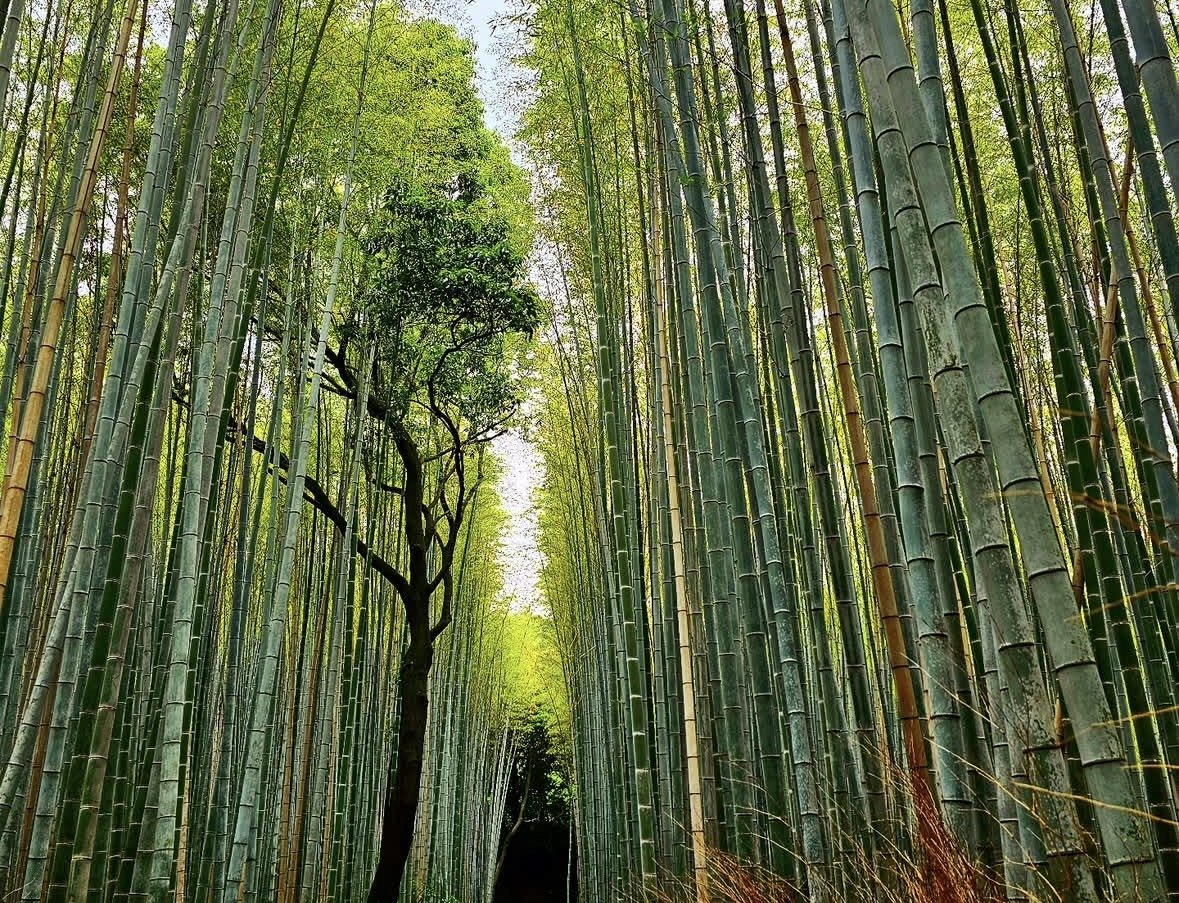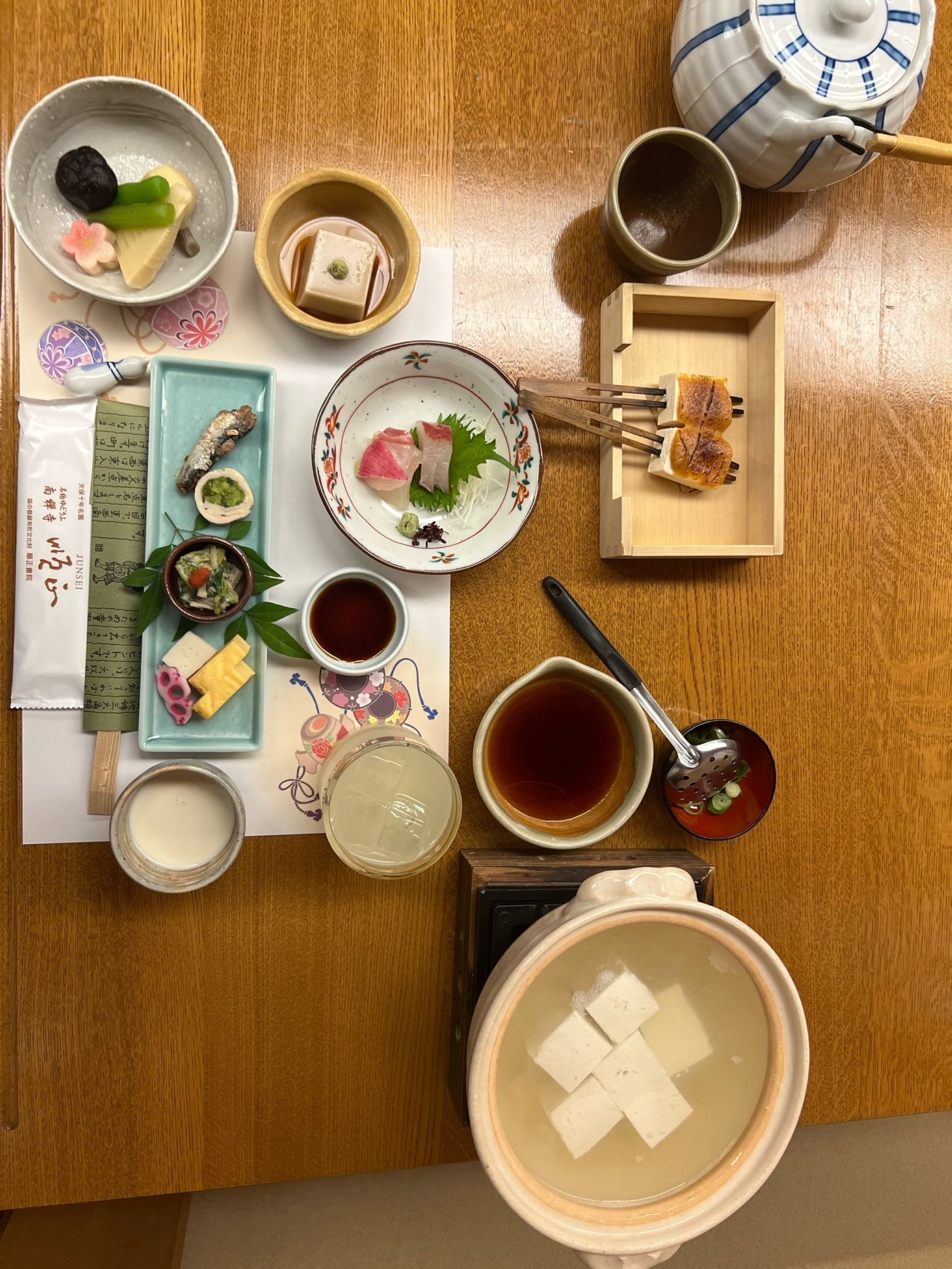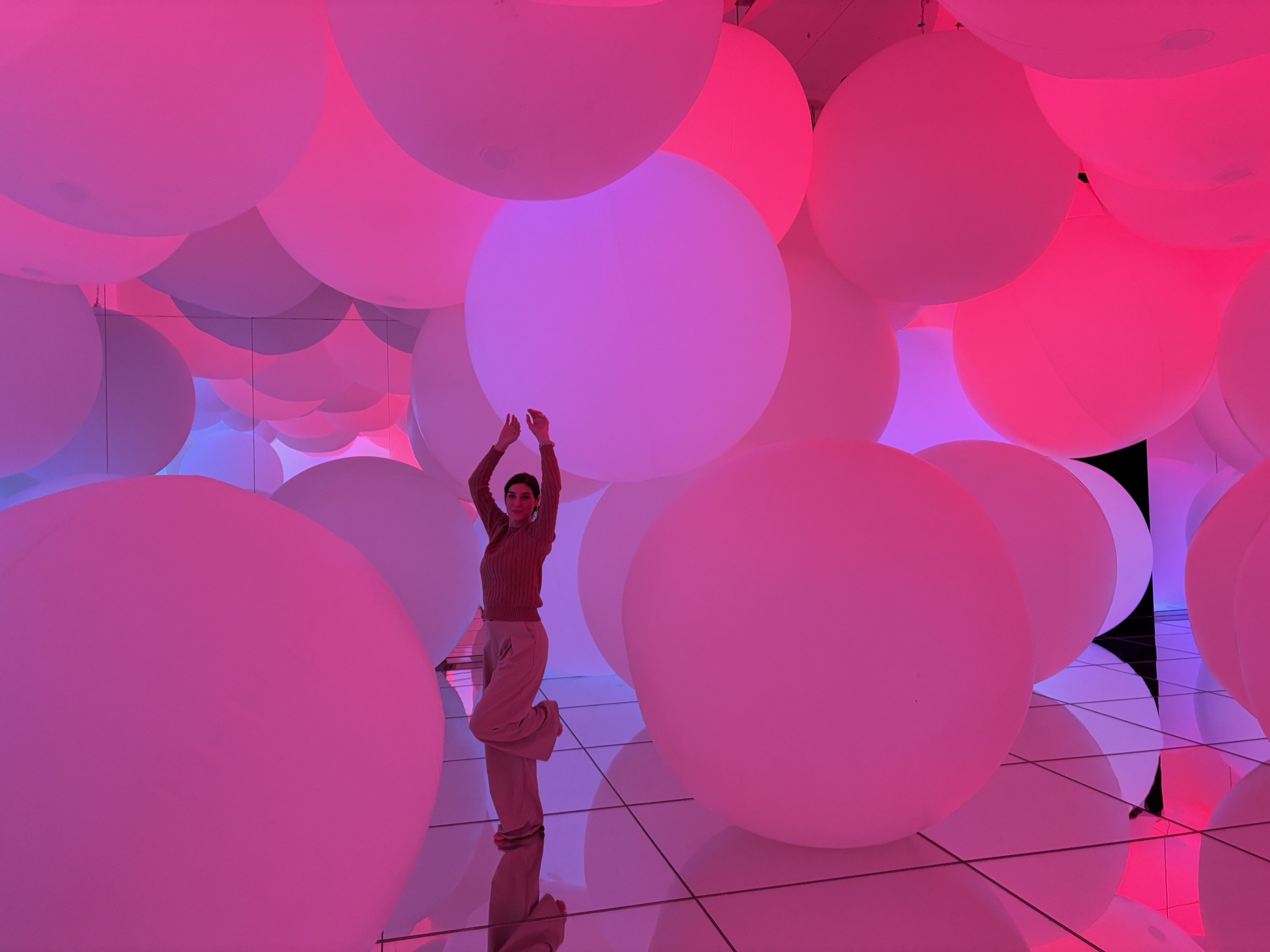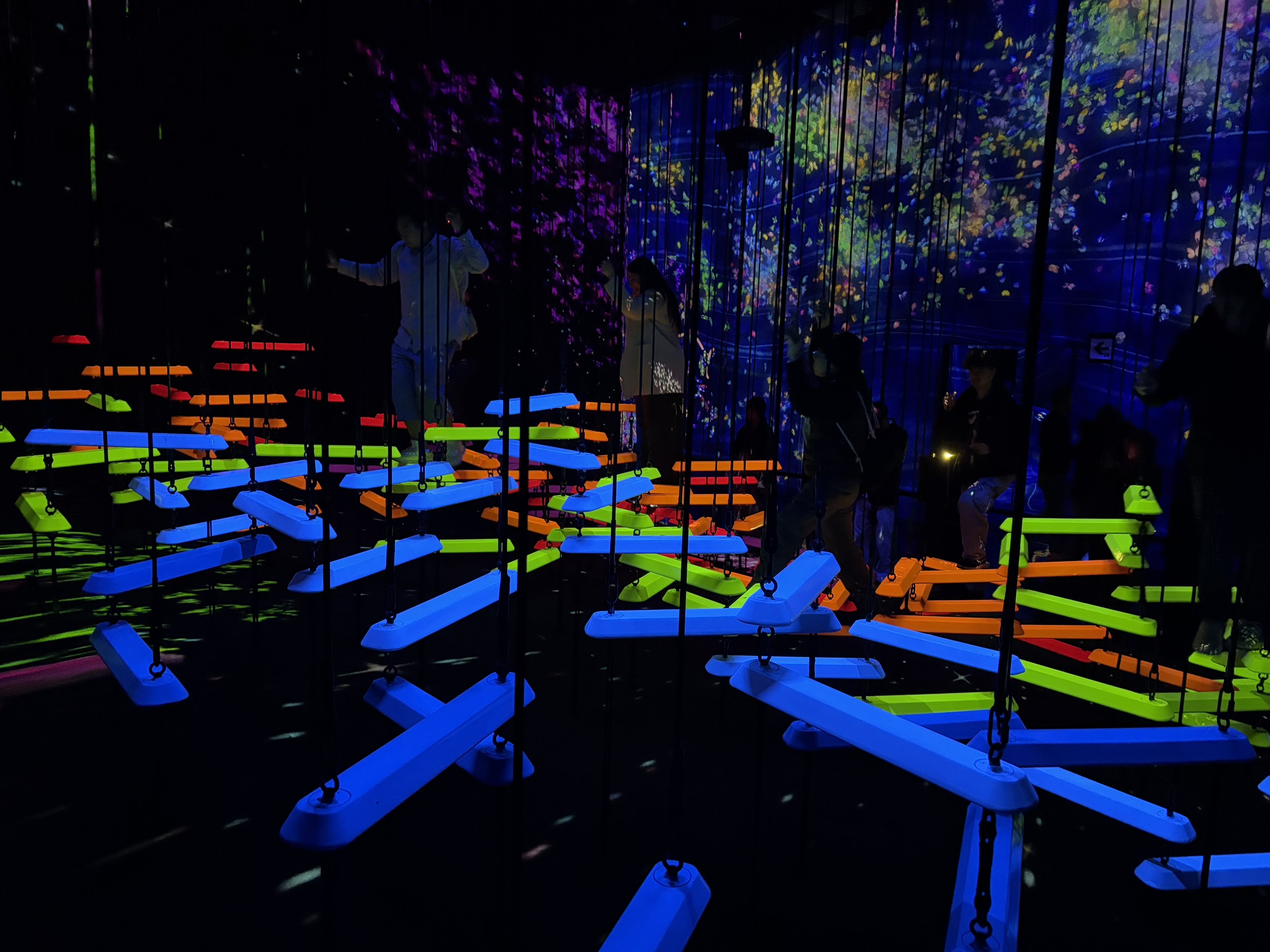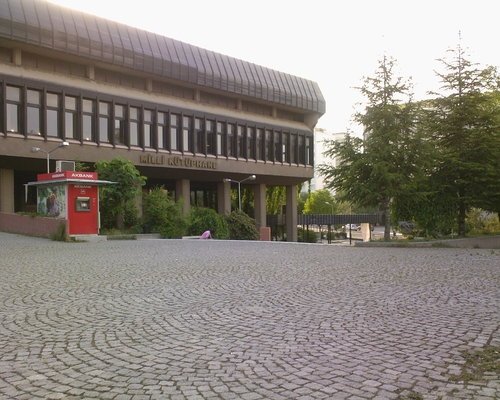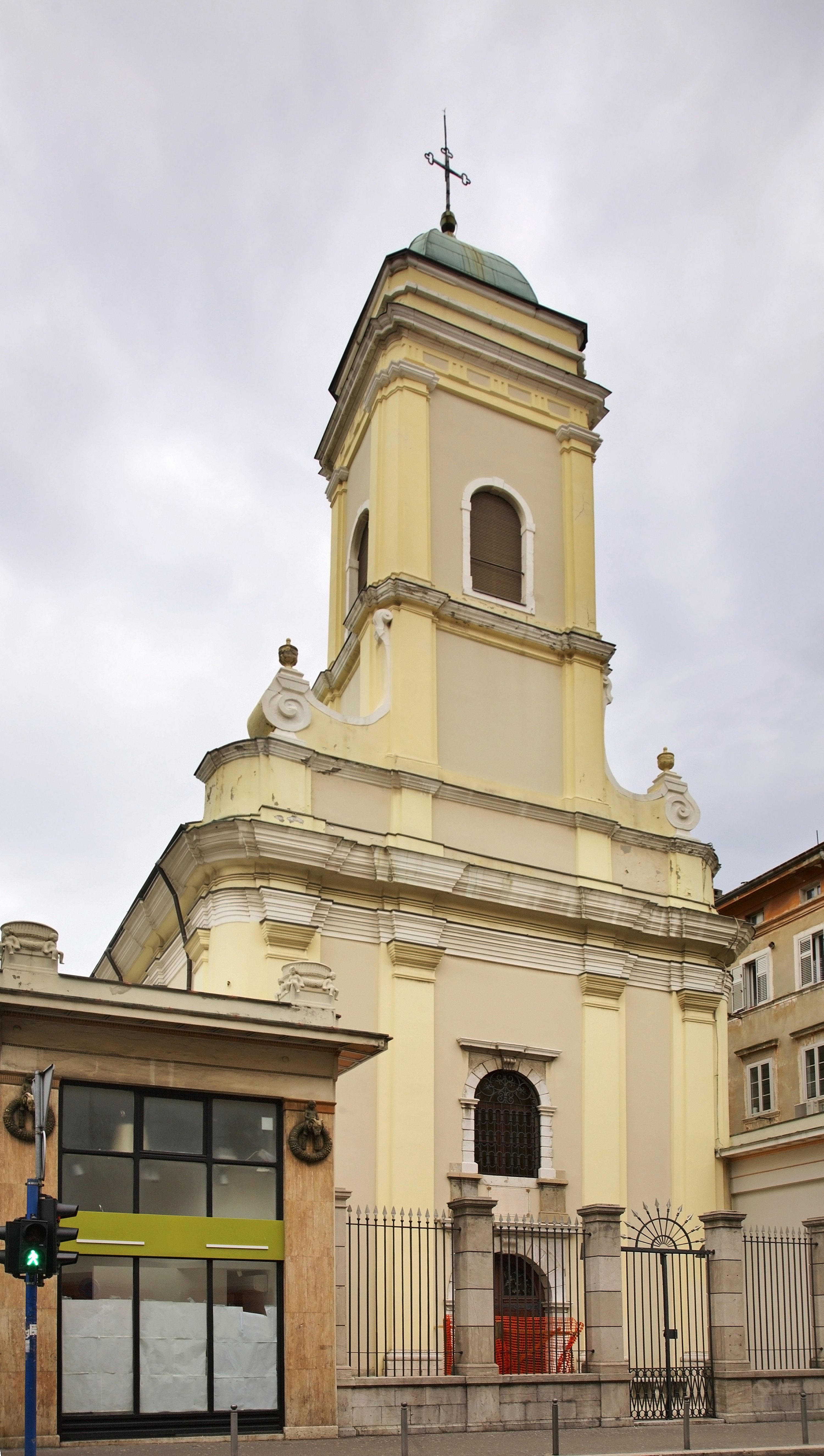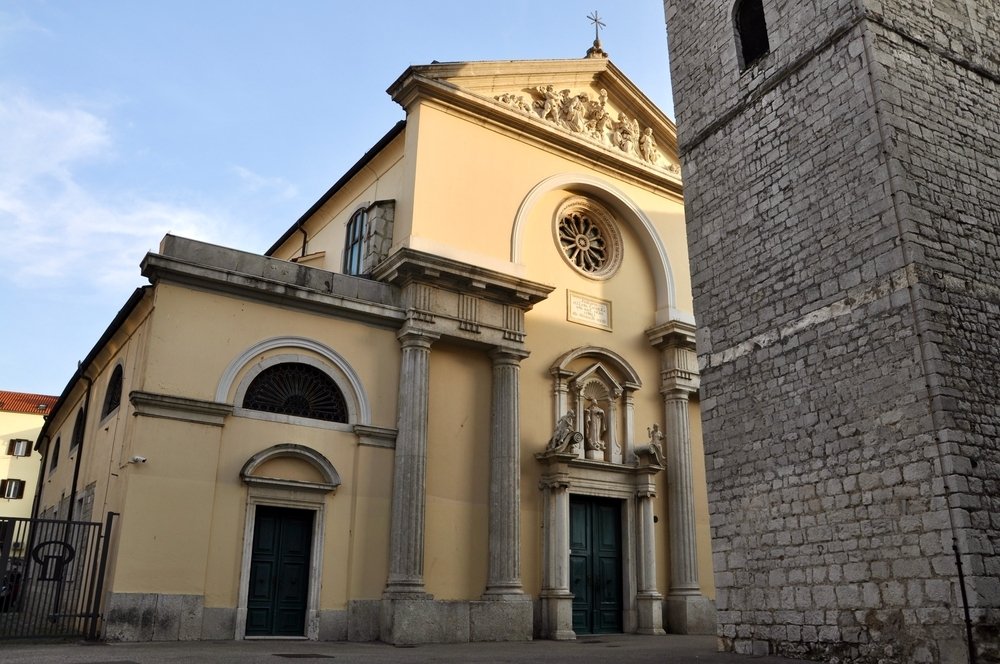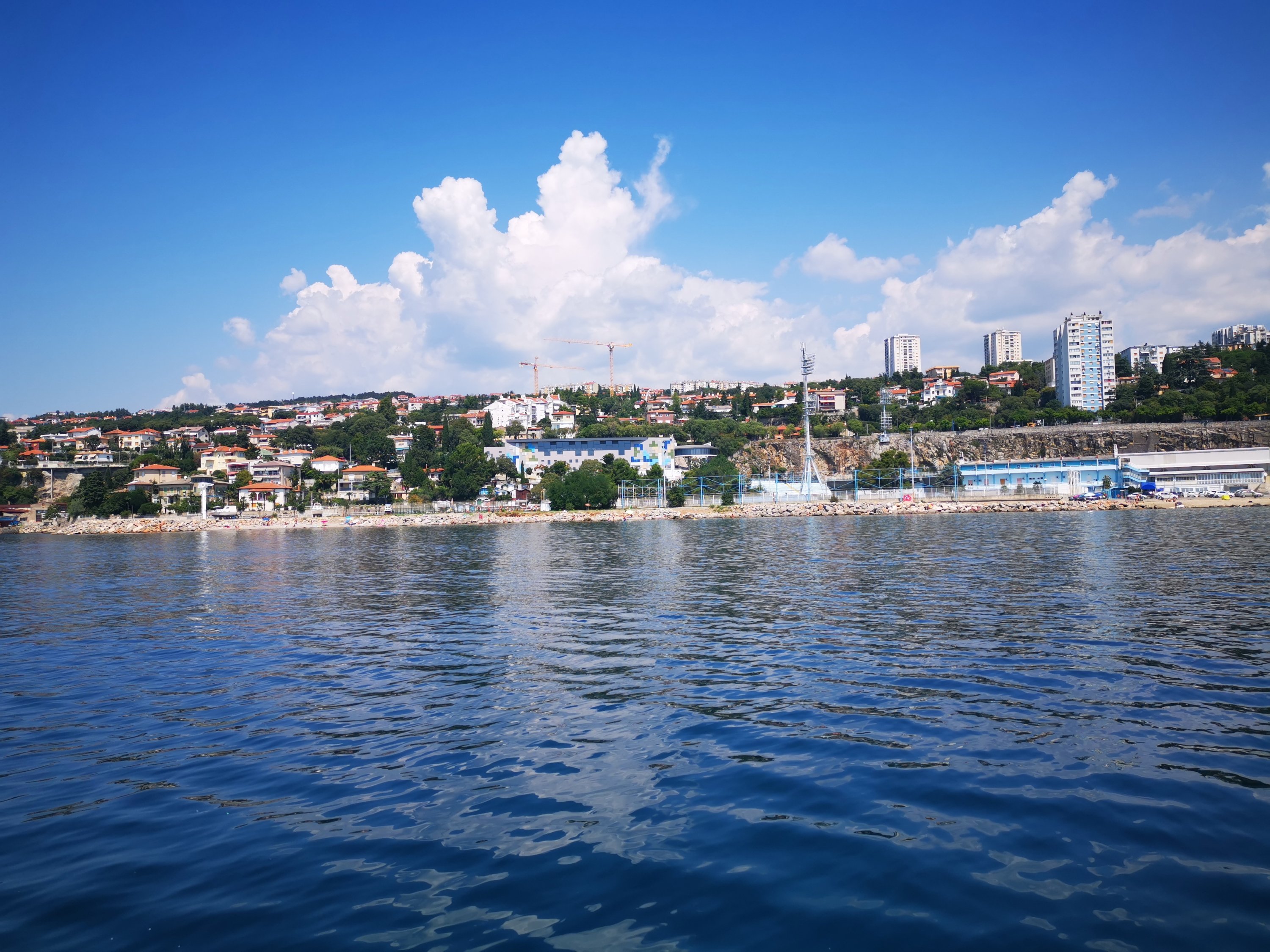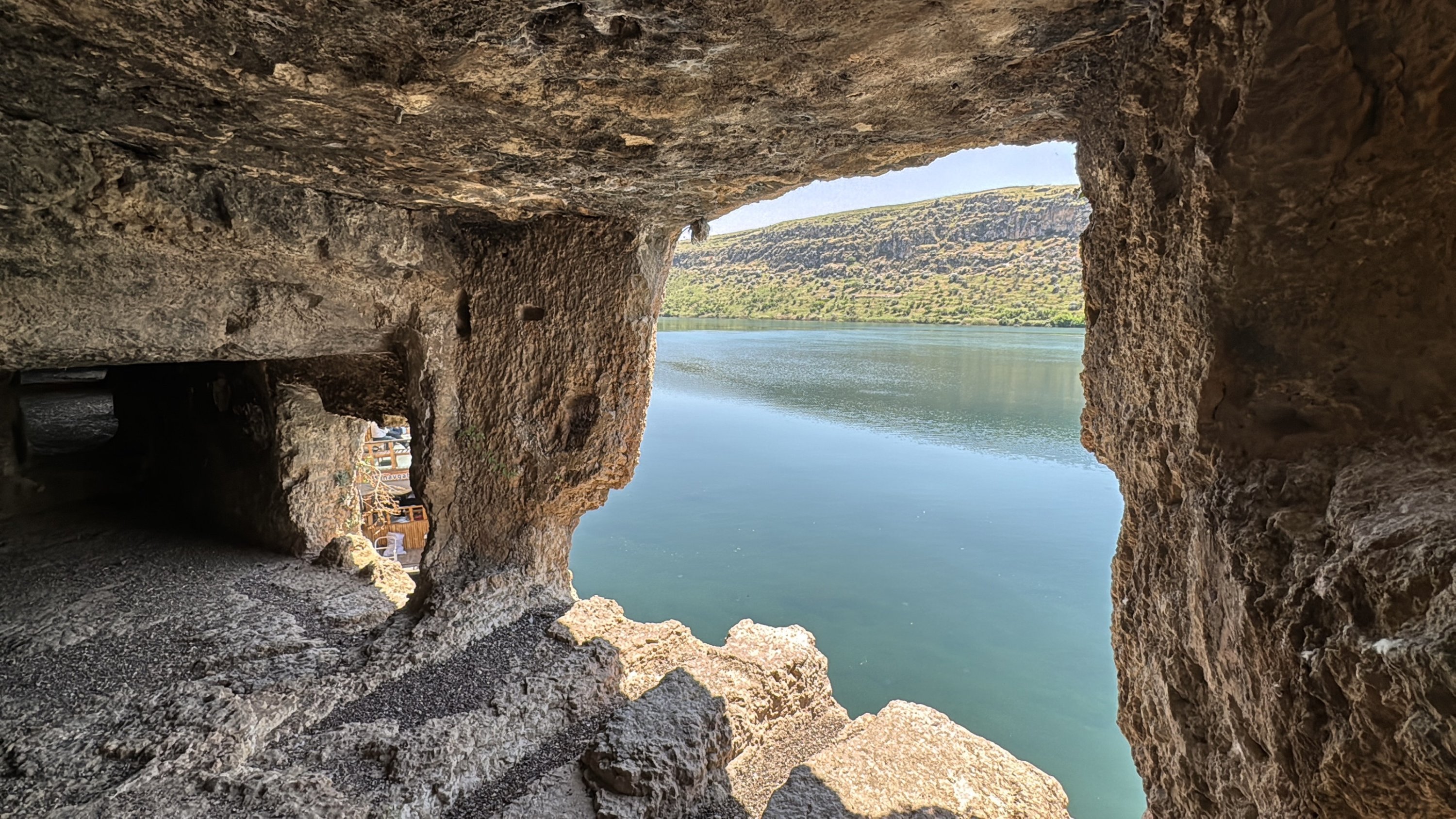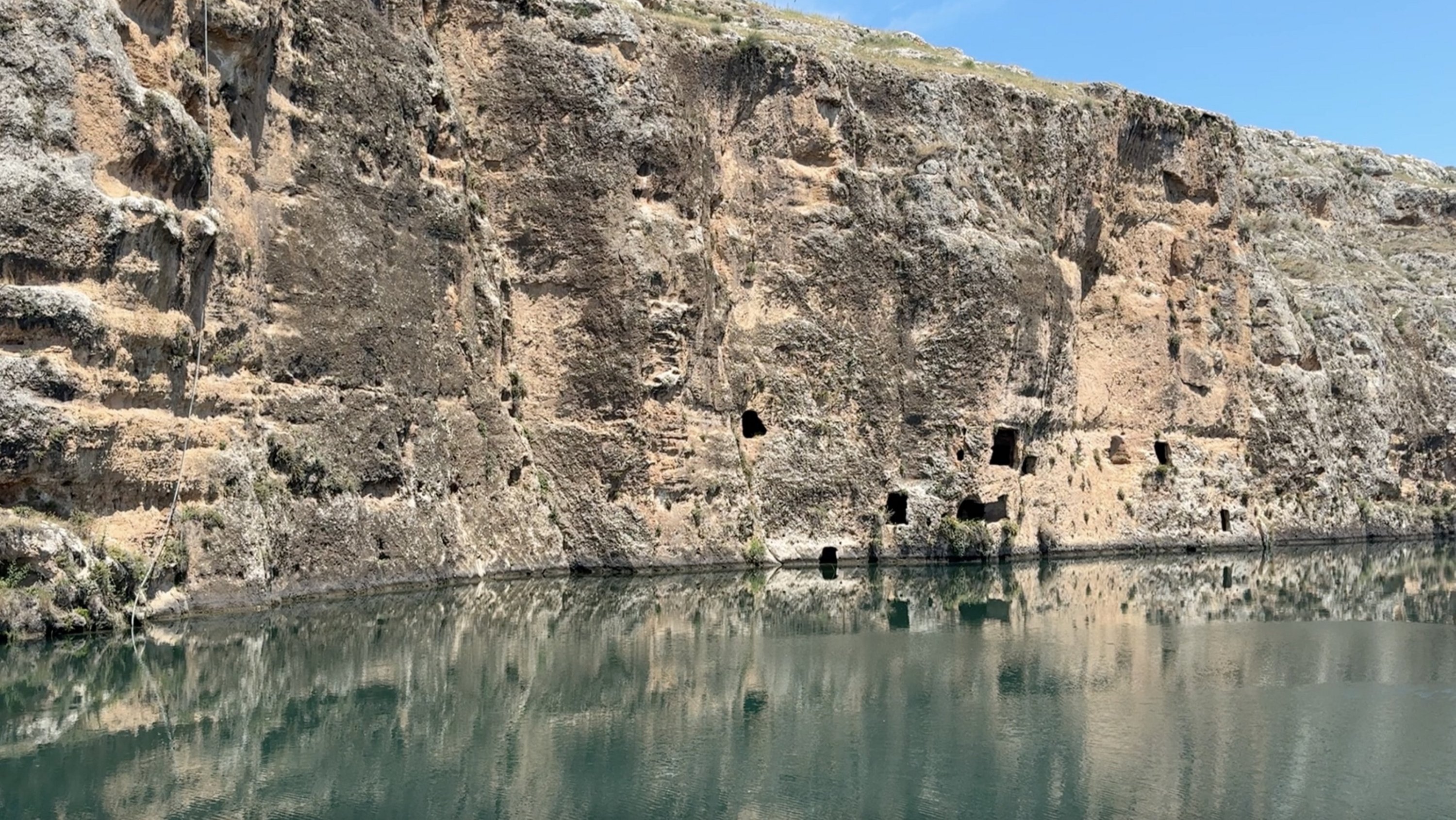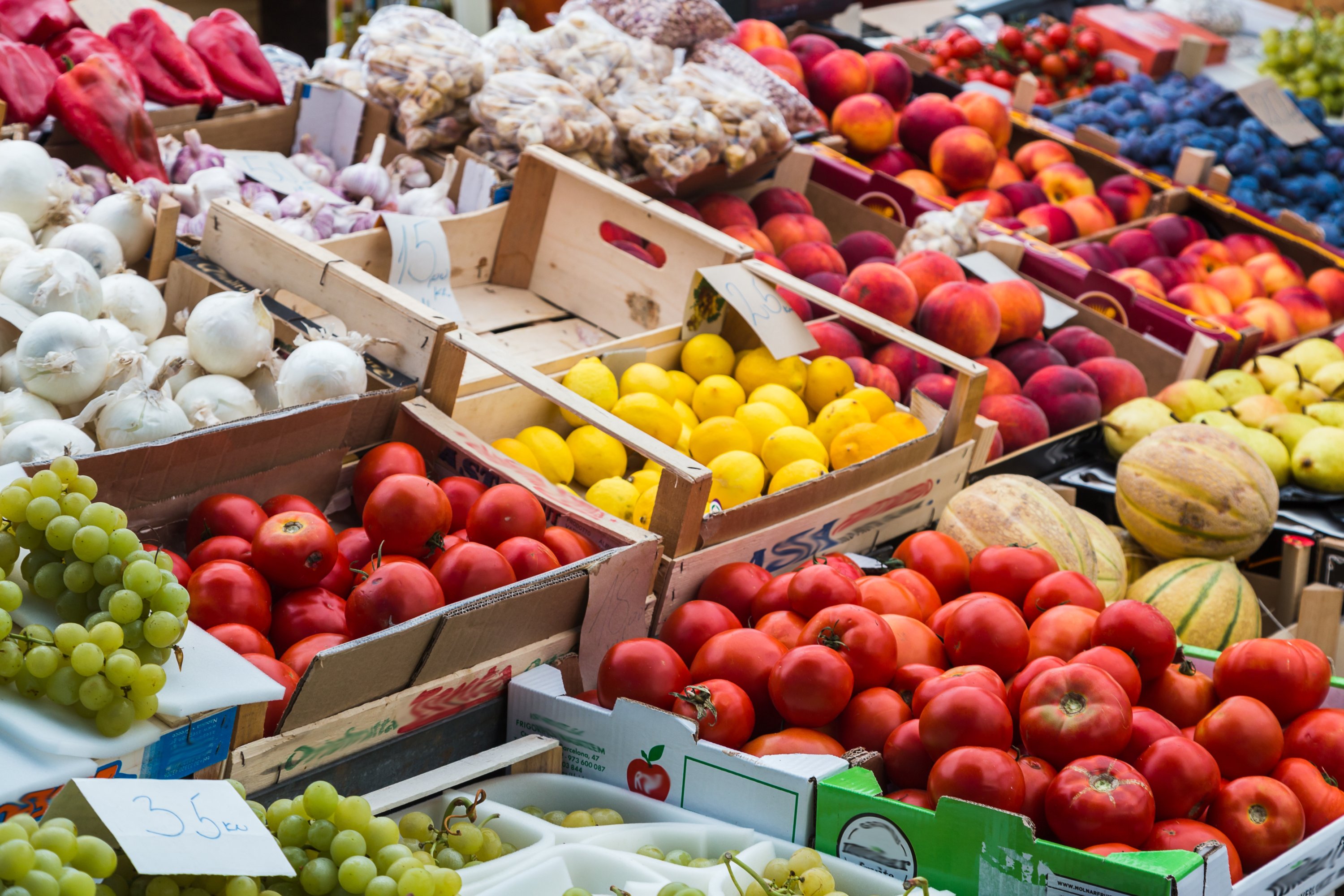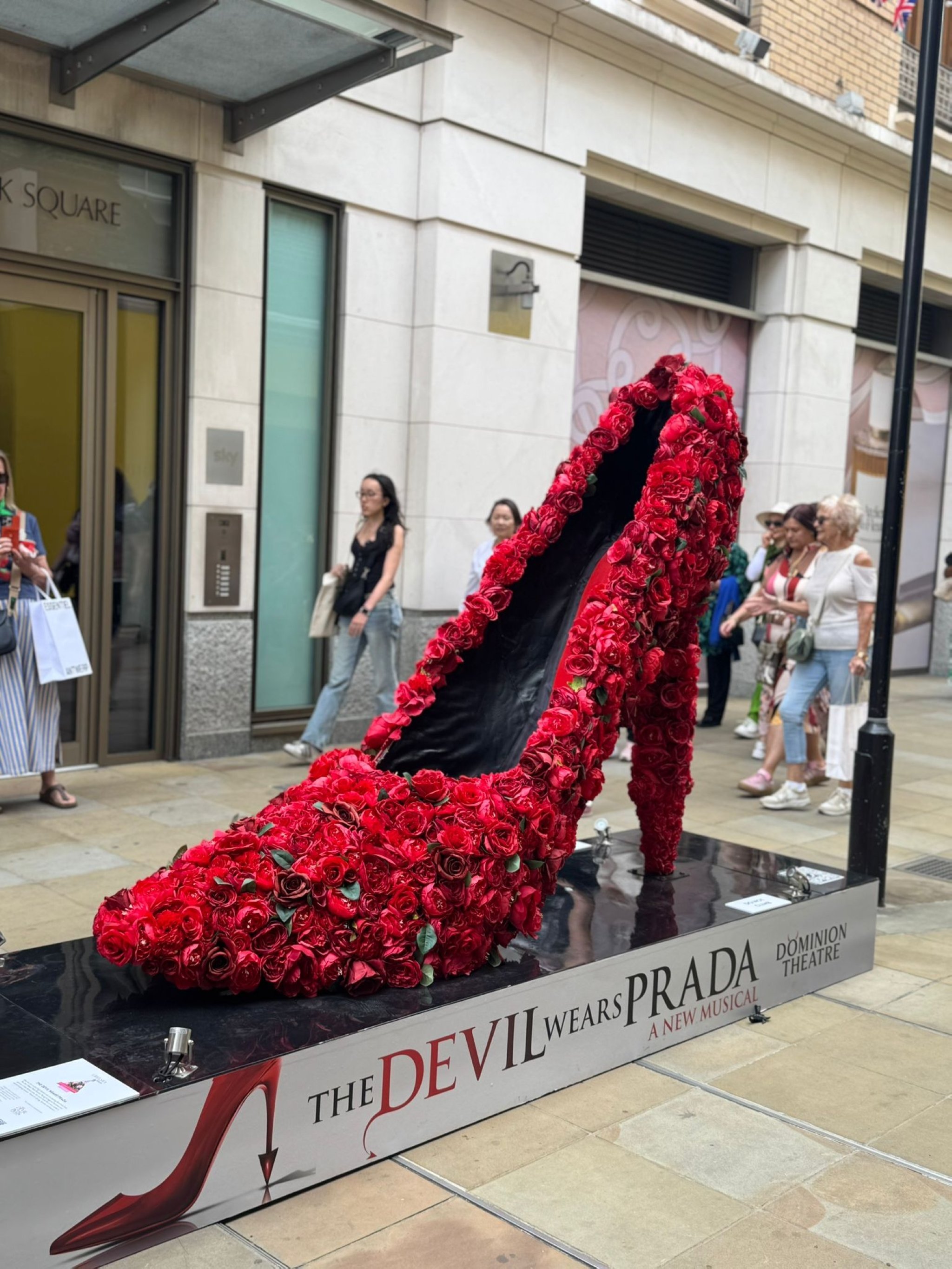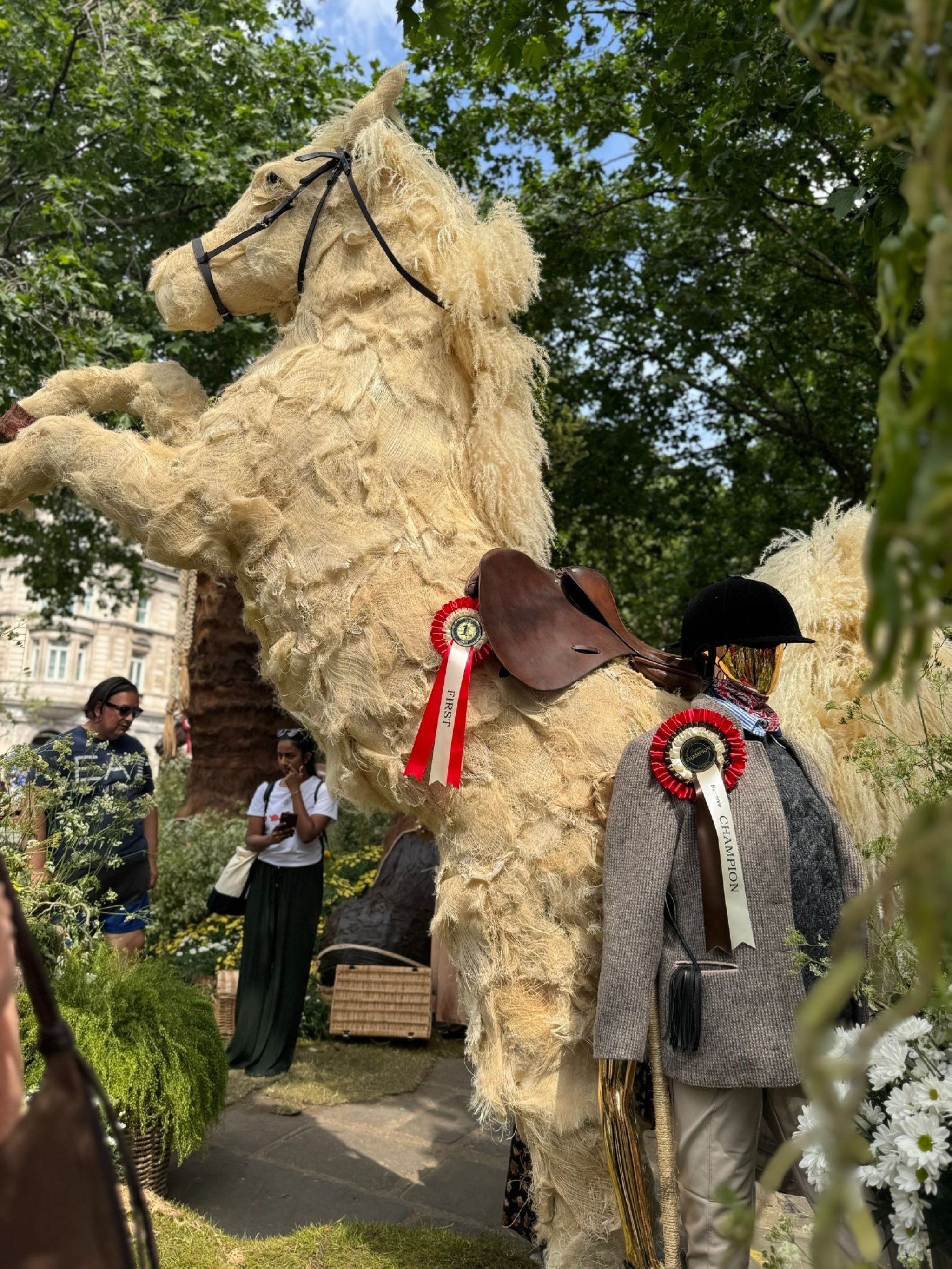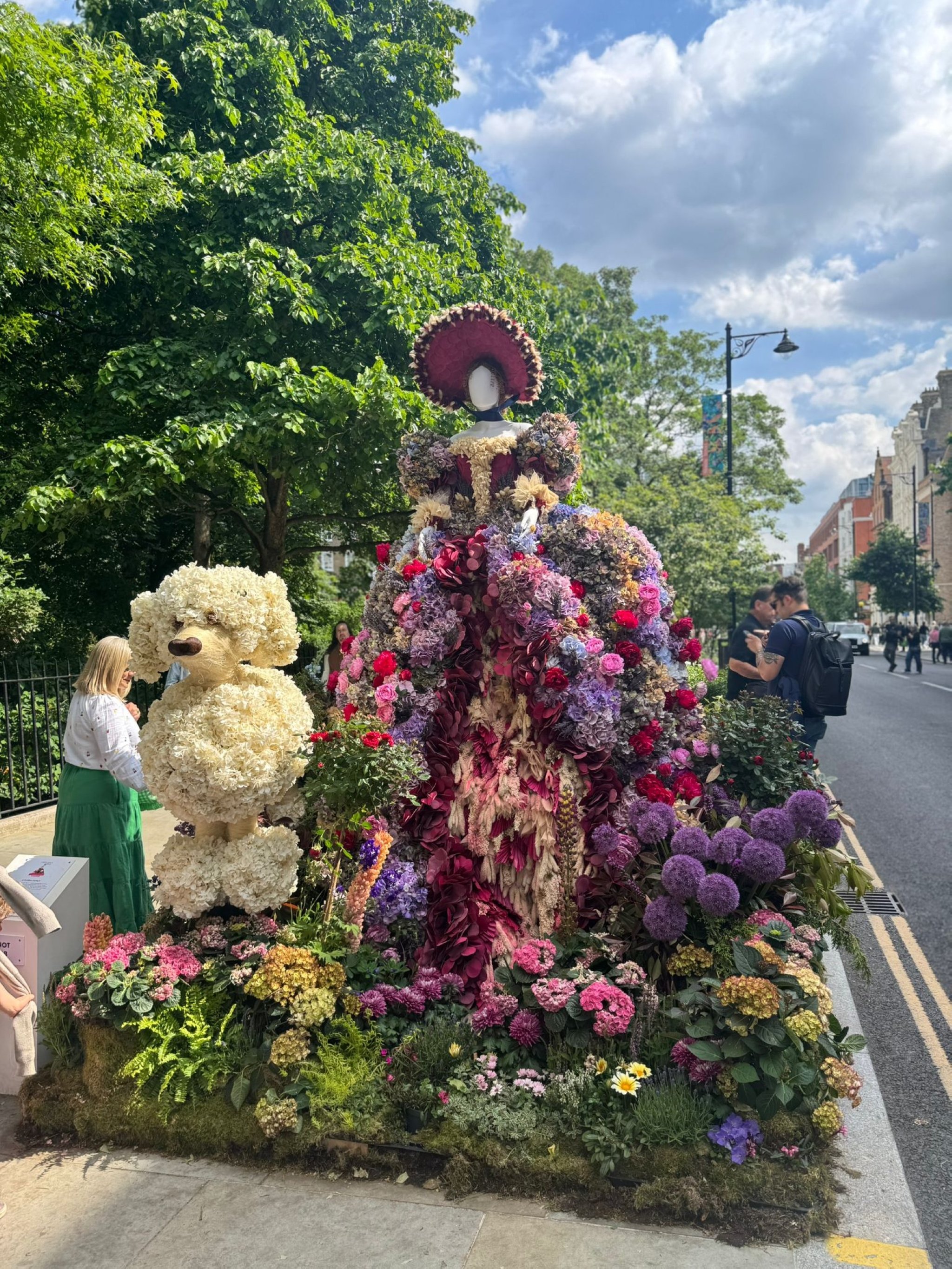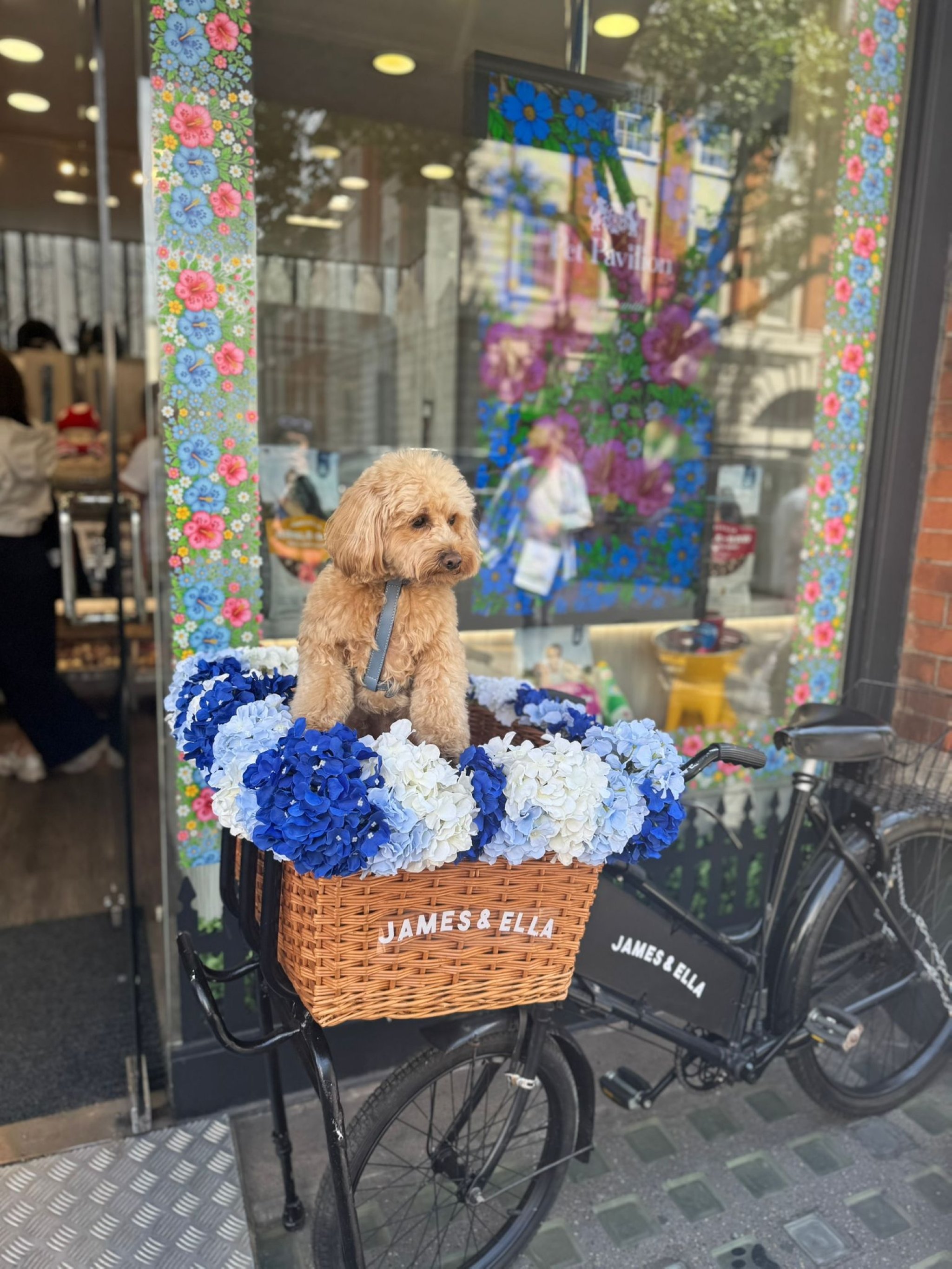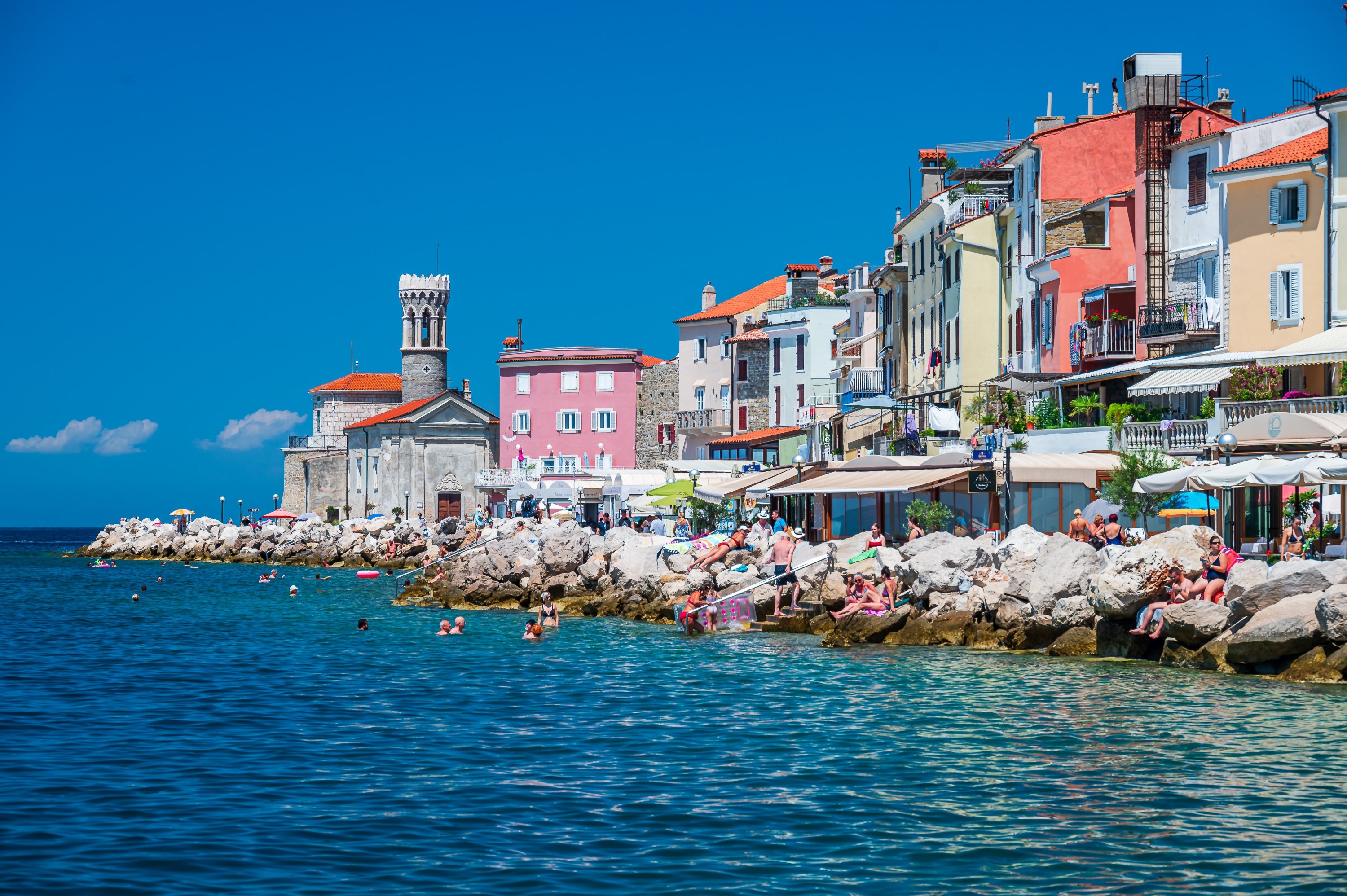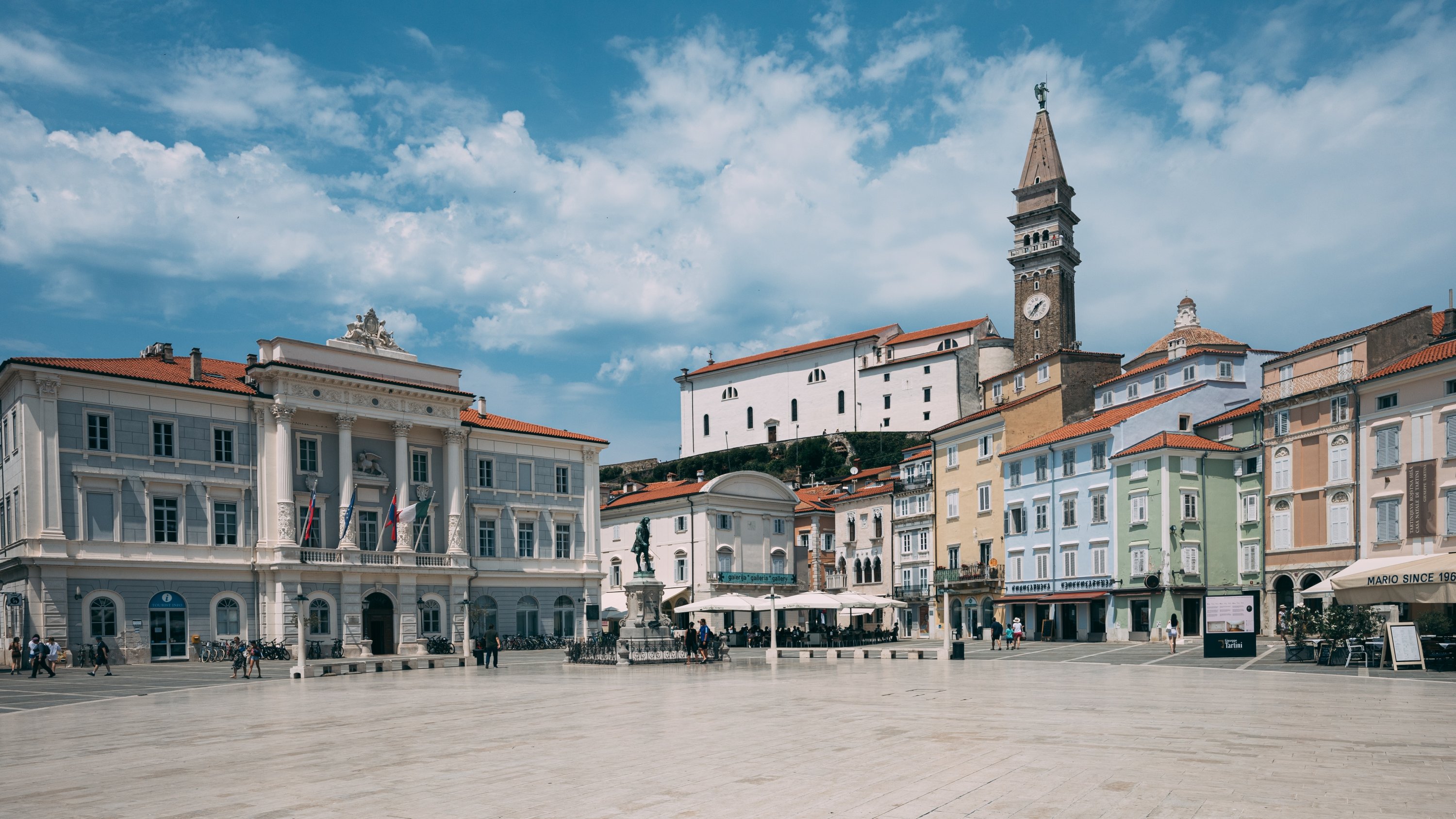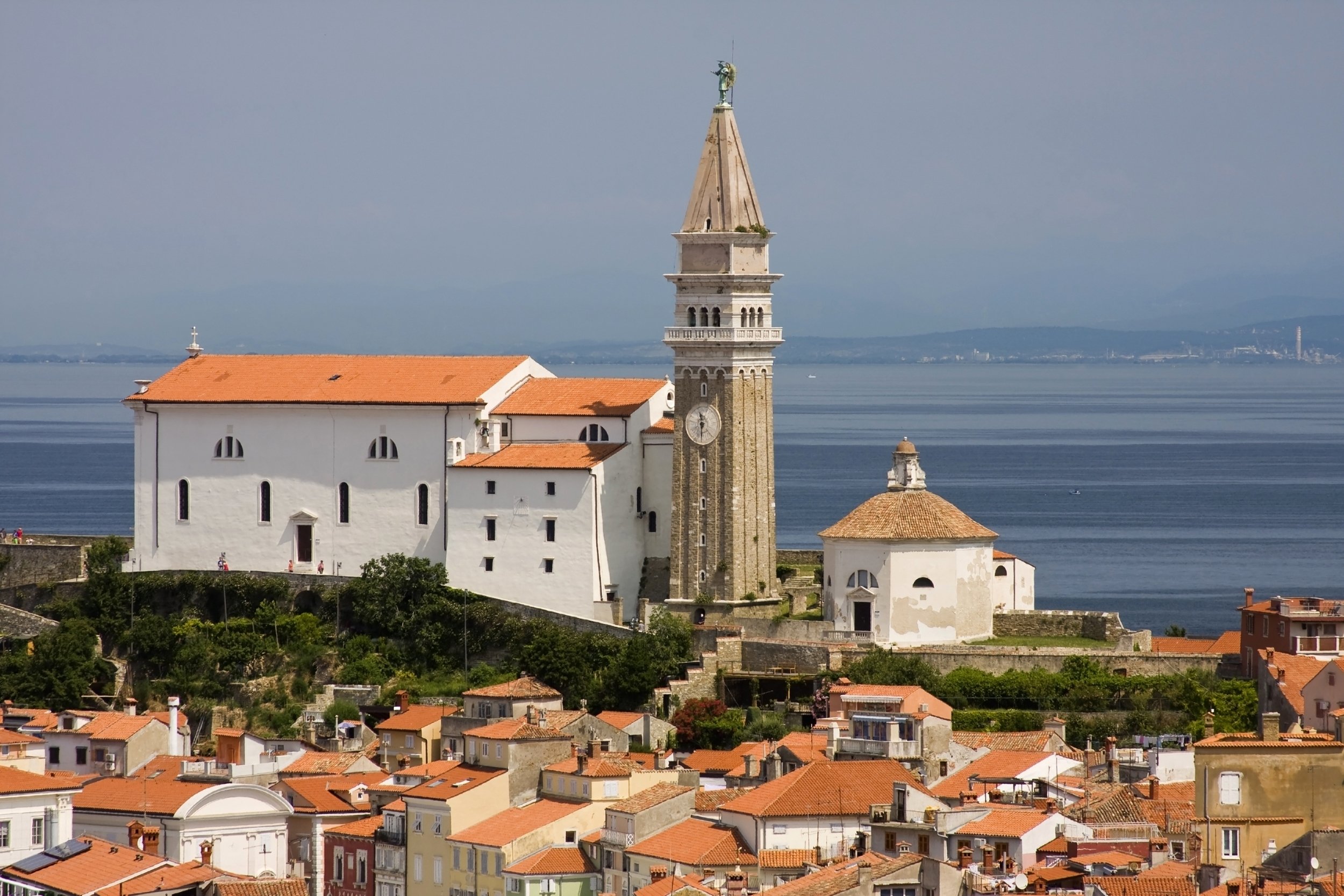Lifestyle
Cherry blossoms calling: What to expect in Japan 2025
As winter fades, the world eagerly anticipates one of nature’s most breathtaking spectacles: cherry blossom season. This year, travelers from all corners of the globe will flock to Tokyo’s Ueno Park, Kyoto’s Philosopher’s Path and Washington’s Tidal Basin to witness this poetic transformation. Whether you’re strolling under sakura trees or simply admiring them from afar, one thing is certain cherry blossoms remind us to slow down and embrace the present.
As a guest of Japan’s largest airline, All Nippon Airways (ANA), I recently had the privilege of experiencing Japan’s early sakura season. With ANA’s new direct flights from Istanbul Airport (IGA) to Tokyo Haneda Airport, which started on Feb. 12, 2025, exploring Japan has never been easier. Three flights a week now connect the two countries with deep cultural ties, bringing a wave of excitement for travelers longing to immerse themselves in the elegance, cleanliness and refined aesthetics of Japan. But why is everyone suddenly eager to visit Japan? Perhaps it’s the timeless beauty of Kyoto’s ancient temples, the neon dreams of Tokyo, or the simple joy of witnessing sakura bloom a fleeting reminder that life, like cherry blossoms, is delicate and temporary.
Kyoto: Walking through time
Kyoto is where Japan whispers its past. The streets, lined with traditional machiya houses, transport you to an era when samurais roamed and tea ceremonies dictated social rituals. My journey began in Arashiyama, home to the ethereal Bamboo Forest, a place where the wind sings through towering stalks, creating a natural symphony of tranquility. Not far from here, Fushimi Inari Taisha awaits, its vermillion torii gates stretching endlessly, leading pilgrims to the mountain shrine. Walking through them, I was reminded of a Zen proverb: “The obstacle is the path.”
Osaka: Kitchen of Japan
Osaka is a feast for the senses. Known as “Japan’s Kitchen,” this city thrives on street food and vibrant nightlife. Dotonbori is the heart of the action, where neon lights reflect off the canal, and food stalls serve up steaming takoyaki and okonomiyaki. If Kyoto is a quiet tea house, Osaka is a loud, bustling izakaya both essential to Japan’s character.
Tokyo’s cherry blossoms, lively streets and rich cultural landmarks create an unforgettable spring experience in the heart of Japan
Lost in Tokyo’s museums
Tokyo is another world one that must be seen before you die. A city of contradictions, it balances tradition with cutting-edge innovation. In Ginza, the world’s most luxurious brands find a home in sleek glass towers, while Omotesando is a runway of architectural masterpieces. Then there’s Roppongi, where art and nightlife intertwine Mori Art Museum being a must-visit.
For a digital dreamscape, teamLab Planets Tokyo offers an immersive art experience like no other. Here, you walk barefoot through water, step into a field of infinite flowers and lose yourself in an ocean of light. It’s not just an exhibition – it’s an awakening.
For a different kind of sensory experience, Tokyo’s animal cafes are a quirky yet heartwarming stop. From owl cafes to capybara cafes, you can sip matcha while sharing space with these gentle creatures. Speaking of matcha, Matcha Paradise offers an unusual twist matcha-infused water, a pure and meditative way to taste Japan’s favorite tea. As the zen proverb says, “Let go of your worries and be completely clear, like the water of a deep lake.”
Walking along Omotesando Avenue toward the Nezu Museum, I found myself immersed in Tokyo’s seamless blend of modernity and tradition. As I entered, a serene bamboo-lined pathway welcomed me, setting the tone for the tranquility that awaited inside.
The museum’s collection, a refined showcase of Japanese and East Asian art, was simply mesmerizing – delicate scroll paintings, ancient ceramics and intricate tea utensils, each piece telling a story of craftsmanship and heritage. Beyond the art, the museum’s garden, with its winding stone paths and hidden tea houses, felt like stepping into a timeless sanctuary in the heart of the city.
Sakura: Poetry of petals
And then, the moment the world waits for sakura season. A fleeting spectacle that paints Japan in hues of pink and white. Cherry blossoms are not just flowers; they are a philosophy. The Japanese concept of mono no aware – the bittersweet awareness of impermanence is embodied in these delicate blooms. For a few days, the country pauses, gathers under the trees and celebrates hanami, the art of appreciating beauty that will soon disappear.
In my opinion, there’s something deeply poetic about seeing cherry blossoms in full bloom. As I stood beneath their delicate petals, I couldn’t help but feel the fleeting nature of life itself. Like cherry blossoms, life is fleeting so bloom while you can. Their beauty lasts only for a moment, reminding us to embrace the present, to live fully and to appreciate the small wonders before they fade away.
From Kyoto’s timeless temples to Tokyo’s electrifying streets, Japan is a place that teaches you to be present to savor each moment like the last petal of a falling cherry blossom. If you haven’t been yet, now is the time.
Lifestyle
More than just a capital: How Ankara’s libraries rewrote my journey
I landed in Ankara with a plan: gather research material for my Ph.D. and return. Like most scholarly trips, I had mapped out a schedule centered around archival searches, mainly at the National Library of Türkiye and the newly built The Nation’s Library of the Presidency.
What I hadn’t anticipated was how the absence of what I was looking for would redirect my journey, turning a narrowly focused research visit into a broader intellectual and emotional encounter with the city.
For a capital, Ankara doesn’t shout. It doesn’t blaze with the chaotic charm of Istanbul or the cinematic drama of other world capitals. But it speaks softly, with purpose. And in those quiet corners of its libraries, I found a different kind of richness.
The archival materials I had hoped to find weren’t there. Initially, it felt like a setback. But rather than pack my bags early, I stayed. I decided to explore what Ankara’s libraries had to offer beyond my research checklist. What I discovered reshaped how I see academic work, public space and even the meaning of a capital city.
I was staying near Kızılay – the bustling heart of Ankara. Friends from Istanbul had once warned me that Ankara would feel “boring” and “lonely.” But cities are experienced through the lens of intent, and mine had begun to shift. Instead of frustration, I found a rhythm in Ankara – steady, welcoming, reflective. It was, in fact, the perfect place for thinking, writing and observing.
My first stop was the National Library. As I stepped inside, it felt as though I had been transported back in time. The reading halls were named after some of Türkiye’s most celebrated intellectuals and leaders. There was a reverent stillness in the air, the kind that invites contemplation.
The archives, while not exactly aligned with my research needs, offered a glimpse into Türkiye’s historical and literary soul. The building itself carried an aura similar to Istanbul’s older libraries, though with a calm more typical of Ankara’s personality. Still, I sensed that this was only the beginning.
It was at the Presidential Library that everything changed.
To call it grand would be an understatement. From the scale of its architecture to the depth of its holdings, the place is a declaration of Türkiye’s intellectual ambition. The reading rooms feel like cathedrals of learning. The design fuses Ottoman aesthetics with modern sensibilities. But what struck me most wasn’t just the visual grandeur – it was the spirit.
This was not a library built for show. It was made for people.
With capacity for over 5,000 visitors, the library is accessible to all. Thoughtfully designed spaces exist for everyone – from children in the Nasreddin Hoca Library to students buried deep in academic work.
Every detail, from disability access to quiet corners, signals inclusion and foresight. There’s even a quiet mosque within the premises, encouraging both reflection and repose.
One of the most heartwarming features is the free soup and bread served twice daily, as well as complimentary tea, coffee and drinking water throughout the day. These may seem small, but they create a sense of care, dignity and community that few public institutions manage to achieve.
As a foreigner, I expected to blend into the background. Instead, I found myself welcomed at every step. A dedicated shuttle bus, operating hourly from hubs like AŞTI, made travel easy. Security checks were smooth and respectful.
Even the staff – especially the guards – left a quiet impression. Polite, professional and composed, they contributed to the sense that this was not just a building, but a vision.
Two temporary exhibitions on display during my visit – one on the Anatolian Seljuks and the other on the Kaaba – were excellent examples of how cultural memory is kept alive. The curation blended history and modern multimedia, making for an experience both scholarly and emotional.
Leaving the National Library was genuinely difficult. I had only a few days left, and every hour felt precious. I promised myself I would return – this time not just as a researcher but as a reader, a learner and an admirer.
City of quiet dedication
Before discovering the National Library, I had already visited several other libraries across Ankara. Each offered something unique.
At the Adnan Ötüken Provincial Public Library, the sheer demand for seats – students queuing patiently – spoke volumes about the city’s thirst for learning. Watching high schoolers wait hours just to study stirred memories of my own academic journey.
Altın Mekan Kütüphanesi, nestled in Millet Bahçesi, stood out for its open architecture and nature-embracing design. Group discussions and quiet reading could coexist here, reflecting Ankara’s careful blend of tradition and modernity. The helpfulness of the staff only deepened my appreciation.
I even discovered the Öğrenci Çalışma Istasyonu (Student Study Station) near Maltepe Station – a small but brilliant idea executed well. Run by the city’s municipality, this student workstation opposite Ankara Gar felt like a fusion between a cafe and a library. It seats around 40 students, offers free tea and coffee, and provides a peaceful setting for those studying on the go.
Ankara does not dazzle in the way global capitals are expected to. But it doesn’t try to. Instead, it radiates a quiet dignity. It is a city built for its citizens – for students, scholars and anyone who values time, space and the pursuit of knowledge.
What I found in Ankara wasn’t just inspiration for my Ph.D. I found a deeper understanding of what public institutions can mean, how a capital city can serve its people without spectacle, and how libraries – those often overlooked civic spaces –can become symbols of a nation’s soul.
In the end, I didn’t come away with the documents I had planned to collect. But I left with something far more lasting: a renewed sense of purpose, a heartfelt respect for Ankara and a desire to return, not just for research, but for the sheer joy of learning in a city that quietly nurtures it.
Lifestyle
Rijeka: Croatia’s coastal gem, rich in history, hidden wonders
Rijeka, meaning “river” in Croatian, is a captivating port city on the Adriatic coast, inviting you on a journey through time with its rich history and multicultural tapestry. As Croatia’s third-largest city and home to its most significant port, Rijeka has been a coveted prize throughout history, bearing the marks of various communities, including Italian, Hungarian and Croatian cultures and even experiencing Ottoman incursions.
Today, Rijeka is the largest port in the Kvarner Bay, an inlet of the Adriatic Sea, just two hours from Croatia’s capital, Zagreb. With its historical significance, stunning architecture and strategic location, Rijeka promises an unforgettable experience for anyone visiting Croatia.
Architectural marvels
Capuchin Church of Our Lady of Lourdes: Upon entering the city, you’ll be greeted by the neo-Gothic Capuchin Church, built in the early 1900s. Legend has it that the upper floor of the church remained unfinished due to financial difficulties. Funds were later collected in the name of a supposed saint, allowing for its completion. However, the truth was eventually revealed, leading to the “saint’s” prosecution for fraud.
Saint Vitus Cathedral: Construction of the Rijeka Cathedral, also known as Saint Vitus Cathedral, began in 1638 in the heart of old Rijeka. Taking over a century to complete, it was finally finished in 1744. This cathedral holds a dramatic history, including a cannonball embedded in its wall that ties into a local legend. During the Napoleonic Wars, a Croatian girl named Karolina bravely implored British soldiers to cease fire during an attack. Her beauty so moved the British officers that they halted their assault, saving many lives. You’ll find Karolina’s name echoed throughout the city, a testament to this heroic tale. Housing numerous Baroque artworks, the cathedral is truly at the heart of the city.
Church of St. Nicholas: As you turn toward the port, you’ll encounter an Orthodox church that embodies Balkan resilience. In stark contrast to the city’s opulent buildings, the simple St. Nicholas Serbian Orthodox Church has an intriguing story. Serbs, who once constituted a significant portion of the city’s population, persistently demanded a church. Exasperated by their insistence, the governor reportedly threw a stone into the sea and challenged them, “Go on, build your church here!” Embodying the notorious Balkan stubbornness, the Serbs filled the coastline and built their church precisely on that spot.
Gradski Toranj (City Tower): Walking along Rijeka’s famous Korzo Street, you’ll come across this yellow clock tower, a prominent symbol of the city. Uniquely positioned amid other buildings, it is a gateway to Ivan Kobler Square. This tower, a passage to ancient Roman ruins, is truly worth seeing and photographing.
Cultural hubs
Computer Museum Peek & Poke: Computer Museum Peek & Poke boasts a fascinating two-story computer museum that promises an unforgettable experience. Here, you’ll find a collection of historic computers, printers and gaming consoles. It’s a particularly engaging stop for families with children, offering insights into the evolution of technology.
Historic National Theater: Beyond its identity as a port city, Rijeka emerges as a significant historical and cultural center of Croatia. The historic theater building, home to exciting shows and stage performances, is arguably one of the city’s most architecturally stunning and must-see structures. You might even catch a magnificent performance during your visit. The Croatian National Theatre Building, built in a magnificent Baroque style by Austrian architects Fellner and Helmer, opened in 1885 and was notably one of the first places in Europe to use electric light bulbs.
Urban exploration
Korzo Street, the bustling main shopping street and the beating heart of Rijeka, is also home to wonderful cafes and restaurants offering delightful culinary experiences. Strolling along this historic cobblestone street, you’ll soak in the vibrant atmosphere of the city.
Rijeka’s Ornate Buildings: The ornate and colorful buildings, showcasing the Balkans’ love for grandeur, certainly deserve a spot on the list of famous landmarks. The Ploech Building, adorned with intricate sculptures and the Modello Palace (Palača Modello), an architectural masterpiece by Austrian architects located across from Kazalisni Park, are just a couple of the magnificent structures perfect for a photo opportunity.
Looking up from the confluence of the canal and the river, you’ll spot Trsat Castle perched on a hill, another worthy addition to your itinerary. Inside the castle, you can enjoy your time exploring St. Mary’s Church with its important icons, the Franciscan Monastery, various parks, restaurants and cafes, an exhibition hall and sports fields.
Walking along the canal will lead you to the square where the Church of the Assumption of the Blessed Virgin Mary and the Leaning Tower are located, allowing you to trace Rijeka’s historical footprints.
Rijeka’s beaches
Don’t forget that Rijeka offers numerous beaches close by where you can enjoy the summer sun.
Kantrida beach: Located about 3 kilometers (1.86 miles) southwest of the city center.
Sablicevo beach: Situated in Kvarner Bay, it is known for its fine pebbles and clean water.
Javna beach: While not ideal for families with children due to its high and steep rocky cliffs, it offers breathtaking sunsets.
Kostrena beach: Located northwest of Rijeka, it has been awarded the prestigious “Blue Flag” for its quality.
Ploce beach: A popular choice for families with children.
These are just a few excellent beaches where you can bask in the Adriatic’s refreshing waters.
In Rijeka, with every step, you’ll touch a different era and around every corner, you’ll encounter another culture. Start your mornings on Korzo Street with the aroma of fresh coffee, and in the evenings, listen to the whispers of the past as the sun sets in fiery hues by the sea.
Lifestyle
Türkiye’s Kızılin Canyon: Adventure, history, breathtaking views await
Located on the banks of the Euphrates River in the Besni district of Türkiye’s Adıyaman, Kızılin Canyon draws attention with its rock tombs and a history dating back 5,000 years. Thanks to recent infrastructure improvements, it has become a popular destination for both domestic and international tourists.
Spanning approximately 200 hectares and containing nearly 300 caves of various sizes, Kızılin Canyon is situated about 45 kilometers (28 miles) from the district center. The area holds significant potential for both cultural and nature tourism.
Over the past three years, comprehensive infrastructure works have opened Kızılin Canyon to tourism. Visitors can enjoy unique landscapes on boat tours along the Euphrates River while embarking on a cultural journey through millennia-old caves.
Besni District Governor Çağlar Partal told Anadolu Agency (AA) that the canyon has become an important tourism investment for the region. He highlighted ongoing projects involving environmental landscaping, walking paths, viewing terraces and rest areas.
“This place, along with Göksu Canyon, is truly enchanting,” Partal said. “Its history dates back nearly 5,000 years. We first set up docking facilities and ensured safety for boat tours. We also established camping and picnic areas. With sponsorship support and contributions from the Adıyaman Governorship, Provincial Administration and our District Governorate, we’ve come this far. Last year, we welcomed 50,000 visitors and this year we expect between 100,000 and 120,000.”
Partal emphasized that visitors experience not only natural beauty but also historical heritage: “Boat tours take visitors to the cave areas. We have opened caves deemed safe for visiting. At the same time, we continue to expand the project with environmental arrangements and a sustainable tourism approach.”
Archaeological significance
Mehmet Alkan, director of the Adıyaman Museum, pointed out the canyon’s archaeological importance. Interest in the area has been increasing day by day, he said.
“The canyon covers about 200 hectares and we have identified nearly 300 caves,” Alkan noted. “Some were used as tombs during the Roman period, but settlement traces in the caves date back to the third millennium B.C. This makes the canyon not just a natural area but also an open-air archaeological park.”
Alkan explained that the caves include both single and multistory structures. “Visitors here can explore the natural beauty along the Euphrates River while embarking on a cultural journey. This region is one of the rare places offering both cultural and nature tourism,” he added.
Lifestyle
Rovinj: Charming Adriatic town perfect for relaxed seaside getaway
Though Rovinj may appear tiny on the map, once you step inside, it unfolds into a rich and legendary coastal town. The scent of salt deeply absorbed into its stone walls blends with centuries of history, making Rovinj an enchanting destination – especially for those dreaming of a fairy-tale seaside getaway this summer.
Exploring Adriatic
The Adriatic coast begins with Piran, Slovenia’s hidden paradise, and stretches southward to reveal countless hidden gems across different countries. This route offers so many treasures that it could easily fill your entire summer itinerary.
One of these gems is Rovinj, located at the opposite end of the Istria Peninsula from Piran. This time, however, the country is Croatia. Just half an hour south of Piran, you’ll cross into Croatian territory – a fascinating border region where it’s possible to fall asleep in one country and wake up in another within a single day.
Croatia’s Adriatic treasure
The Istria Peninsula, which includes Piran, is also home to Rovinj, one of Croatia’s secret paradises. Historically ruled by the Venetians, this peninsula still carries the breeze of Italy. Just like in Piran, Rovinj exudes a strong Italian charm.
In my opinion, Rovinj is a destination worth visiting in every season. The entire Adriatic coastline, from north to south, can be enjoyed not only in the summer but also during the quieter, more peaceful autumn and spring months. These seasons often bring a more relaxed atmosphere – perfect for exploring both the lively maritime tourism and the rich historical fabric of the region.
Unlike the famous Dalmatian coastlines that include cities like Dubrovnik and attract huge crowds, Rovinj remains less crowded. This means you can enjoy a more tranquil, pleasant vacation here.
What to do in Rovinj
Wander narrow streets
One of the best ways to experience Rovinj is by wandering through its maze of narrow streets. If you visit during the summer, you can end your stroll by plunging into the pristine Adriatic waters. Indulge in abundant seafood and breathe in the iodine-rich sea air.
Rovinj harbor
Rovinj’s harbor is a narrow inlet opening to the Adriatic Sea, home to small fishing boats, yachts and charming vessels. The colorful boats and the historic town rising behind them create a picture-perfect, romantic scene – ideal for photography and soaking in Rovinj’s unique spirit.
Looking up from the harbor toward the old town, the colorful houses and the bell tower of the Church of St. Euphemia might remind many of Italy’s Cinque Terre or Amalfi Coast. While I haven’t visited those places yet, Rovinj definitely has its own distinct soul.
Streets of Old Town
Getting lost in the Old Town’s narrow alleys is one of Rovinj’s most delightful experiences. Wander, snap photos, shop for souvenirs and take a break with a coffee at Tito Square (Trg Marsala Tita), located right by the harbor.
Church of St. Euphemia
For one of the best views in Rovinj, climb the bell tower of the Church of St. Euphemia. Be prepared for a bit of a workout – there are 200 steps to reach the top – but the breathtaking panoramic views make it absolutely worth it.
Plaza Balota
Plaza Balota is a lovely spot to enjoy the sea, featuring stairs and walkways ideal for taking a restful break. The crystal-clear waters here can get crowded later in the day, so I recommend visiting at sunrise for a peaceful experience.
If you have time, you can also visit Zlatni Rt (Golden Cape) or Valdaliso Beach, both just a short drive from the old town.
Balbi’s Arch
If you’re unsure where to start exploring Rovinj, begin at Balbi’s Arch, the gateway to the Old Town (Stari Grad). This beautiful, intricately carved stone archway will captivate your eyes and heart. Beyond it lies Grisia Street, lined with picturesque houses, cafes and restaurants.
Farmer’s Market
Recharge with fresh and healthy foods at Rovinj’s Farmer’s Market. Sample fresh fruits and vegetables, and don’t miss the chance to taste local truffles – an Istrian specialty.
Brief rest at Mediterraneo
Enjoy a scenic break with views of St. Catherine Island at Mediterraneo, a cozy spot right by the water. Its colorful tables and comfy chairs offer a perfect place to relax. If you wish, you can take a delightful boat trip to nearby St. Catherine Island and Kızıl Island from here.
Final tips
Parking in the narrow streets can be challenging. Use nearby parking lots like Velika Valdibora and Mala Valdibora.
Rovinj offers a fantastic mix of Mediterranean, Italian and Balkan cuisines. Don’t miss tasting the region’s famous truffles.
Even without a fixed plan or itinerary, Rovinj guarantees a wonderful travel experience.
From Rovinj, you can continue southward to Pula and explore other stunning coastal towns of Croatia.
Lifestyle
‘Chelsea in Bloom’: When flowers, fashion collide in London’s chicest spot
There’s something utterly magical about Chelsea in late May. The air feels sweeter, the pavements brighter and every corner seems to whisper, “Stop and smell the roses.” That’s because it’s “Chelsea in Bloom” – one of London’s most charming and glamorous floral festivals and a hidden gem even many locals don’t fully appreciate. The event transforms the neighborhood into a vibrant, living gallery where nature and artistry blend seamlessly, inviting everyone to pause and indulge their senses.
There are some moments in London where the city feels as joyful and effortlessly stylish as it does during Chelsea in Bloom. I’ve always loved how Chelsea brings together elegance and creativity, but this May, the neighborhood felt like a living fashion editorial, and I found myself smiling at every corner. From Sloane Street to Duke of York Square, shopfronts transform into floral dreamscapes, each telling a unique story through blooms and design. The atmosphere hums with a special kind of energy, as if the flowers themselves are celebrating alongside the visitors.
Celebrating its 20th year, this year’s theme was “Flower in Fashion” – and what a perfect pairing. Over 130 shops, restaurants, and hotels turned their façades into whimsical floral installations, each one more imaginative than the last. Think: a high-heeled shoe covered in roses, a punk-inspired mohawk made entirely of flowers and shop windows that looked like they belonged on a couture runway. The level of detail was breathtaking, blending floral artistry with fashion’s boldness and flair, creating a sensory experience that dazzled at every turn.
For anyone in fashion, it’s impossible not to feel inspired. Chelsea has long been one of London’s most iconic fashion neighborhoods, known for its chic boutiques and cutting-edge style. The details, color harmony and storytelling of “Chelsea in Bloom” mirror what we strive to achieve in our collections. In fact, “Chelsea in Bloom” is a reminder that fashion doesn’t live only on runways. It blooms in the streets, in pop-up installations and in the joy people feel when they dress up to take it all in. This festival blurs the boundaries between fashion and floral art, turning everyday spaces into canvases of creative expression.
One display that caught my eye was at Peter Jones, where a hand-dyed Japanese lotus (using raspberries and onion skins, no less!) told a beautiful story of heritage and sustainability. This innovative use of natural dyes linked tradition with modern eco-consciousness, adding layers of meaning to the floral arrangement. I also loved how brands like AllSaints and RIXO played along – releasing limited-edition pieces and inviting people inside for styling tips, giveaways and sparkling refreshments. These activations made the festival feel inclusive and interactive, turning casual shoppers into participants in a shared celebration of style and nature.
What I adore most about this event is its accessibility. You don’t need a ticket, a connection, or even much time – just curiosity and a camera. You will see toddlers pointing at giant daisies, couples sipping rosé under petal-filled arches, and fashionistas matching their dresses to the displays. It’s an experience for everyone, a beautiful moment of community and creativity that welcomes all ages and interests. The smiles and spontaneous photo ops everywhere remind you that the festival is not just about flowers or fashion but shared joy and the simple pleasure of beauty.
If you haven’t yet wandered through Chelsea in Bloom, let this be your sign to go next year. Take a walk, breathe in the scent of fresh roses and let the style of the city wrap around you like the perfect spring dress. It’s a fleeting moment where the ordinary becomes extraordinary, and the streets themselves seem to blossom with life and possibility. Chelsea in Bloom is more than a festival – it celebrates creativity, elegance and the timeless allure of flowers.
Lifestyle
Unveiling Piran: A hidden Adriatic paradise waiting to be explored
As summer approaches and its golden light begins to touch the horizon, I find myself drawn to write about a coastal destination – one that may offer an ideal escape for anyone still undecided about their summer getaway.
In this piece, I’ll take you to a lesser-known town along the Adriatic coast – one that many have never even heard of.
When you think of the Adriatic Sea, what comes to mind first? Dubrovnik, Budva, Kotor or Split, perhaps? Maybe Pula or Trieste?
These famous cities often steal the spotlight. But today, let me introduce you to a place you might not find easily on a map – a place that captivates those who do: Piran.
Piran, located on Slovenia’s narrow strip of Adriatic coastline known as the Slovenian Riviera, isn’t as popular as its neighbors. But if you’re the kind of traveler who enjoys discovering hidden gems, this town is perfect for you.
Though Slovenia has only about 47 kilometers (29.21 miles) of coastline, seaside towns like Piran embody the country’s limited but striking coastal charm – and slowly but surely, they’re making their way onto the radar of curious travelers.
Set on the Istrian Peninsula, Piran once belonged to the Republic of Venice, a past that still echoes through its streets, squares and architecture. The influence is unmistakable – you’ll feel like you’ve stepped into a quaint Italian town. Italian is still spoken here, and many streets and public squares are named after notable Italian figures.
Let’s take a walk through Piran and discover its timeless beauty.
Tartini Square (Tartinijev Trg)
Stepping into Tartini Square, the heart of Piran, you may feel transported straight into Italy. It resembles the elegant piazzas of Venice – bustling, historical and full of character.
Named after Giuseppe Tartini, a celebrated composer and violinist born in Piran, the square was inaugurated in 1896. Today, a statue of Tartini holding his violin stands at its center. Around the square, you’ll find the town hall, charming cafes, shops, churches and hotels. Part of the square opens toward the harbor, offering glimpses of the sea.
For a full appreciation of its oval shape and setting, be sure to view the square from above.
Tartini’s House
Adjacent to the square is Tartini’s House, the birthplace and former home of Giuseppe Tartini. From its windows and terrace, you can look out over the square while listening to recordings of the composer’s music. The small museum inside displays his personal belongings, books, and of course, his cherished violin. It’s a space where the spirit of music lingers in the air.
Piran Old Town
Wandering through Piran’s Old Town, with its narrow alleyways and pastel-colored buildings, you’ll feel like you’ve stepped back in time. The streets are perfect for leisurely strolls, with art galleries tucked into quiet corners and beautiful photo opportunities around every turn.
Look out for shops selling products made with salt harvested from the nearby salt pans – everything from chocolate to soap and solid shampoos.
St. George’s Church
Perched on a hilltop overlooking the town, St. George’s Church offers one of the best views in Piran. From here, you can see the Gulf of Trieste to one side and Tartini Square to the other. If you’re lucky enough to find it open (churches in Piran are often closed when there are no services), step inside to admire its serene interior.
Next to the church is a bell tower – climb to the top for an even more stunning panorama. The climb is steep, but the reward is worth every step.
Walls of Piran
Built to protect the town from maritime threats – especially during the Ottoman era – the town walls are an important part of Piran’s history. As the town expanded, new sections were added. From the top, you’ll enjoy yet another unforgettable view of the red-roofed town and the sparkling Adriatic Sea.
Piran’s seaside promenade
No visit to Piran in summer is complete without spending time along the coastline. A short walk from Tartini Square takes you to a small harbor, and continuing toward the tip of the peninsula brings you to the rocky seafront. Here, people sunbathe on towels and dive into the crystal-clear waters of the Adriatic.
Even if you don’t swim, take a moment to walk the promenade, breathe in the salty air and soak up the sun.
Before you leave Piran
Explore the charming, narrow streets of the Old Town Capture postcard-worthy photos at every turn Swim or sunbathe by the sea in the city center Savor fresh seafood at local restaurants Venture to nearby towns like Izola, Koper, and Portorož Take a detour to Ljubljana, Lake Bled, or Lake Bohinj Hop over to Croatia or Italy if time allows
Piran is a place that whispers stories through its streets, a place where the sea breeze carries hints of history and art. It may be small, but it leaves a lasting impression on the soul. And one day, as the scent of the sea fills the air, it just might call you back.
-

 Daily Agenda3 days ago
Daily Agenda3 days agoFood penalty for the president’s aunt fraudulent
-

 Daily Agenda3 days ago
Daily Agenda3 days agoEducation for 7.6 million people for a strong family
-

 Sports3 days ago
Sports3 days agoÖncü claims Türkiye’s 1st Moto2 win with daring last-corner pass
-

 Daily Agenda3 days ago
Daily Agenda3 days agoTOKI House to his wife, who lost his wife and two sons in the earthquake: “Let our state exist”
-

 Politics3 days ago
Politics3 days agoTurkish-Romanian cooperation set for boost under new president
-

 Economy3 days ago
Economy3 days agoStarbucks to cut prices in China as competition intensifies
-

 Politics3 days ago
Politics3 days agoCollaborators bring down Istanbul mayor’s alleged ring of corruption
-

 Economy3 days ago
Economy3 days agoSyria to be relinked to SWIFT system ‘in matter of weeks’

